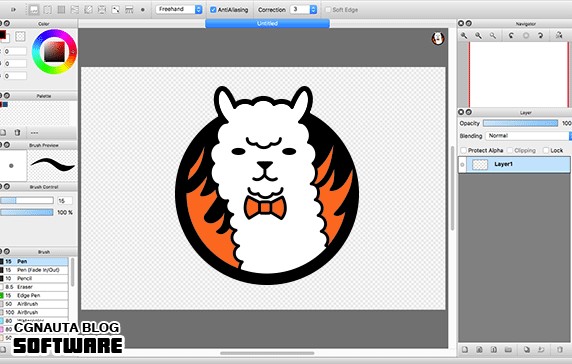

For the most part, I use 0 correction, but sometimes I want a wash to be super smooth and I will turn it on. When you rely too heavily on Correction, it might seem as though you're just tracing your sketch, instead of giving the lines a good personality, if that makes sense.Ĭ) Coloring and effects: Here, it depends. I also think it's not a good idea to become too dependent on Correction when it comes to lineart, because trully nice, strong lines come from smooth movements in your arm and wrist. Any higher than that, Correction tends to be a little bit faulty and usually leaves a bump in the line. The reason is that I want my lines to be as natural and free as possible, and I don't really mind if I don't get them super smooth.ī) Lineart: Here I use a value of 10, and it works wonders with my lines. Correction works with any given brush, so yes, you can also use it with brushes that you imported into the program.Ī) Sketching: I use 0 correction for this stage.

This also explains why it has a lag with slower computers, since it's an operation that the program calculates at the same time as you're drawing. So what does it do? When set on any value higher than 0 (up to 19), it will make the lines that you're drawing smoother and less jittery. You'll find it as a drop-down menu in the upper section when Brush tool is selected, next to AntiAliasing. This week's Friday Tip has to do with understanding the Correction tool that's built into FireAlpaca.


 0 kommentar(er)
0 kommentar(er)
